THE GALLERY OWNER
The role of the gallery owner has always held prestige in the art world. With far fewer galleries than artists, the square footage of display space each location offered was a desirable commodity, which typically gave their owners quite a bit of leverage in the symbiotic relationship with artists. But it takes talent to pick and choose which works to display in a limited area. The gallery owner must maximize what space they have to offer, using it in only the most resourceful and efficient way. The transactional side of collecting and investing in art means monetizing what is carefully chosen to be featured. And so, for gallery owners, the strategies and tactics include building an audience and awareness of artists and their work, increasing sales traffic, and maintaining proper levels of inventory for purchase. The most important key for gallery owners is to establish an unbreakable trust with the artists they represent.

Bernard Markowicz
Another important role for gallery owners is the innate ability to evaluate and choose artists and artworks that will resonate with the audience, leading to both marketability and sales. There are no crystal balls that can reveal how a particular artist’s work will be received, but there are some qualities that should increase the odds of success. That means locating an artist that has a particular style you can recognize right away, and a clearly defined concept behind their work. Also, do they take their job seriously? Are they good at their own self-promotional efforts? After all, gallery owners can only do so much.
THE ARTIST
Of course, for artists, the landscape looks much different. We are all familiar with the “starving artist” label, those willing to make extreme sacrifices in material well-being for the sake of what they’re creating. But there are very few artists who don’t aspire to surpass this stage in their craft. What artists need—more than anything else—is notoriety. Their work must be visible if it is to be purchased or put on consignment. This is why art galleries are such attractive propositions. Artists need to have their works publicly displayed and art galleries typically own the real estate they so desperately covet.
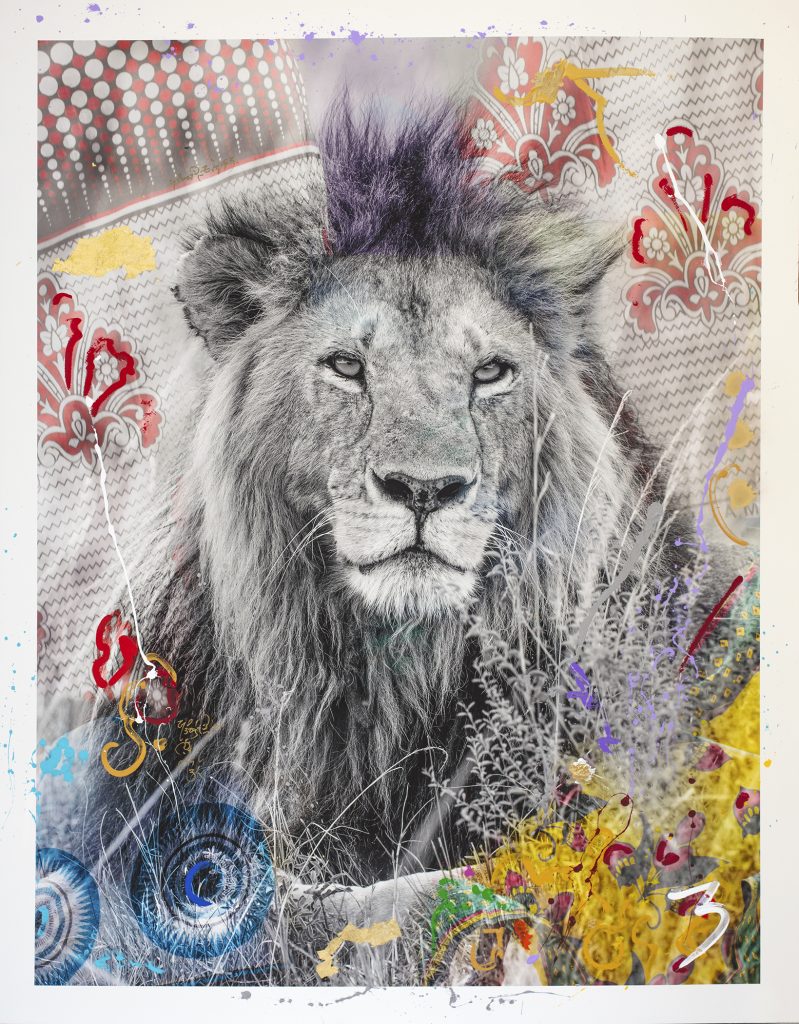
“Leone” by Arno Elias
But with the advent of popular social media channels and the viral audiences they can provide, coupled with a growing number of artists who are beginning to receive financial backing directly from the investor and collector crowds, galleries are no longer the only game in town. There are also numerous opportunities for artists to list and sell their works directly, minus a commission, through flashy online e-commerce marketplaces such as Artsper, currently featuring over 170,000 works, representing more than 25,000 artists.
It’s safe to say that the traditional power dynamic between gallery owners and artists is shifting. To the trained eye, artists have become exponentially more self-aware of their available options to promote themselves, and their needs are rapidly evolving. Of course, to have your work featured in a prominent art gallery is still considered an admirable achievement. But in the fast-moving, transactional side of the art business world, artists are looking for more than just display space. As artists use alternate methods to raise awareness, and their works begin to gain notoriety and sell, they’re now looking for more promotional effort from gallery owners. What’s really becoming important are networking and promotional connections. Can you build an artist’s audience beyond the walls of your gallery and the walk-in traffic who browse their works? Do you have influential contacts in the world of art investors and collectors to introduce them? What about municipal and civic connections who can authorize public displays? Do you have the influence to get them featured and publicized at renowned art fairs? And what about exclusive deals with luxury brands to create one-of-a-kind opportunities that infuse their artwork with expensive goods?
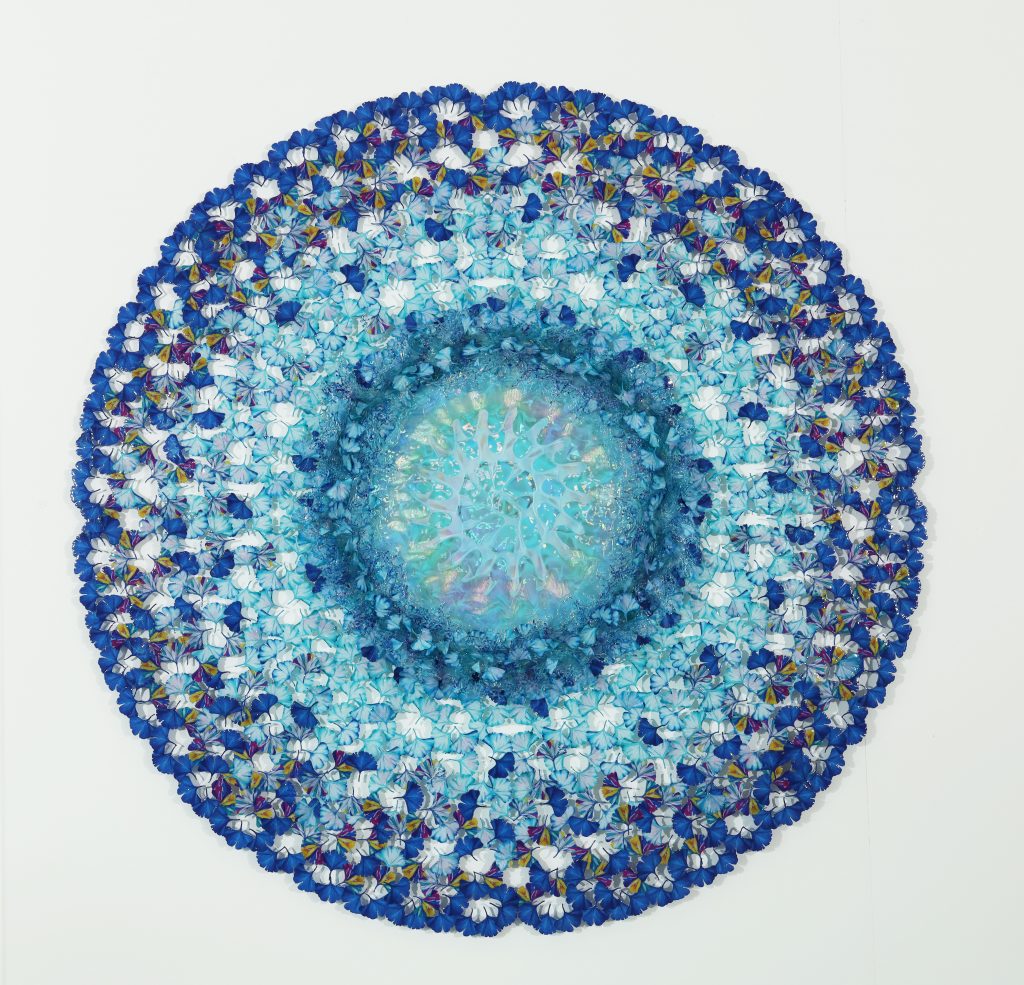
Dreamcatcher” by Annalu
RISE OF THE TALENT AGENTS
It is in this new normal environment that the role of the art gallery owner seems to be evolving—to that of a talent agent or manager. Gallery owners, desperate to add value to the relationships they maintain with their artists, are facing difficulties in maintaining the longevity of the owner-artist relationship. Now more than ever, gallery owners must establish and maintain a reputation for taking artists public. Much like in the world of talent managers, the talented always want to work with the best—the ones with the right connections and influence. It’s this sudden shift that’s providing newfound power and leverage to artists. To see what’s really at stake, in the proper context of this shifting power dynamic, requires a snapshot of the current global art marketplace.
WHAT’S AT $TAKE?
According to recent statistics compiled by First Research, a market analysis division of corporate data leader Dun & Bradstreet, there are approximately 4,850 art galleries in the U.S. That might seem like a high number, however it’s incomparable to the number of competing artists still waiting to be discovered, hoping to one day make a comfortable living selling their work. Comparably, it’s really no different from the hyper-competitive music industry. For every talent who gets discovered and signs a deal with a major music label, there are countless other gifted musicians toiling away in local establishments who will never see the inside of a recording studio. What’s at stake when it comes to being discovered in the world of art collecting? A global market estimated at $50 billion in sales last year, at least according to The Art Market 2021, an annual market analysis compiled by Art Basel and UBS. To be clear, that is a robust number, despite two consecutive years of declining sales, down 22% from 2019, and 27% from 2018.
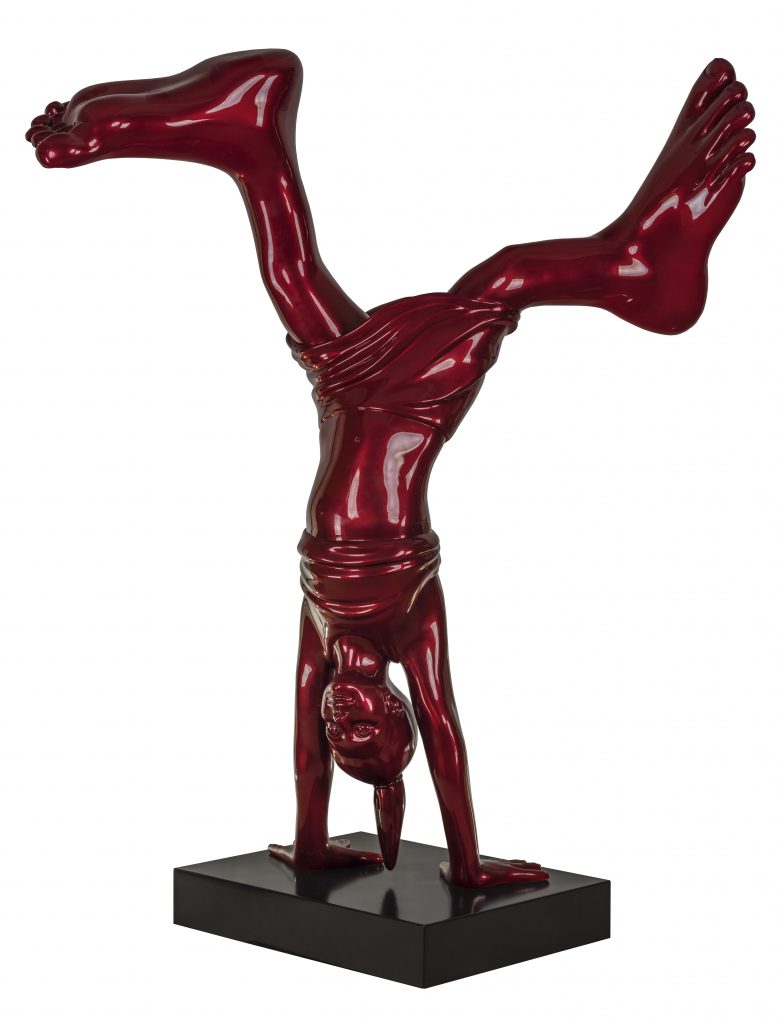
“La Nena”, sculpture by Idan Zareski
A SYMBIOTIC RELATIONSHIP ENTERS A BRAVE NEW WORLD
Although the power dynamic between gallery owners and artists appears to be shifting, one constant remain. The two sides will always be inexorably linked together in a symbiotic relationship.
Artists, many of whom expend all their energy and creation to develop works that express themselves, will continue to need the proper environment for displaying them. They also need the gallery owner’s expertise, judgment, knowledge, and connections to help them receive the recognition they deserve and a fair price for their works. They need the reassurance that comes with trusting the gallery owner’s innate understanding of how art buyers, collectors, and investors think. A gallery owner can help artists stay grounded in the face of critics and detractors while exposing them to a much wider world of art that exists beyond their own work and experiences. Artists need the kind of industry knowledge, influence, and promotional acumen that only a gallery owner can properly provide.
Gallery owners, whose lives revolve around an endless amount of artistic creation, will always be searching for the next artist of significance. An artist whose works draw curiosity and intrigue at first glance will always be of interest. There is nothing like the feeling when a gallery owner senses an immediate connection to a particular artists’ work. They’ve reviewed tens of thousands of works over the years, continually searching for a style that will resonate with buyers, collectors, and investors. Artists are the very lifeblood of the gallery owner’s existence, the reason they get up every day and begin their search for greatness all over again. The artists on their rosters both intrigue and enchant gallery owners, leaving them in awe of the rare talent and ambition that it takes to succeed in this business. These owners review thousands and thousands of artists and their works, never tiring of the search to discover something meaningful—art that holds up over time.
No, the shifting power dynamic between gallery owners and artists is not a troubling development. It is merely an opportunity for both to represent the best interests and highest ideals that make up their symbiotic relationship. The transactional nature of the art marketplace may indeed be evolving, offering artists a better chance at having their works discovered. Regardless of who wields the leverage between the two, gallery owners and artists know that earning and maintaining trust in one another is the stable foundation of a mutually beneficial relationship. In a perfect world, that should never change.
About the Author: Bernard Markowicz is an entrepreneur, gallerist, and owner of Markowicz Fine Art, with galleries in the Design Districts of Miami, Dallas, and a newly opened third location in Laguna Niguel, California. Originally from Arras, on the northern border of France and Belgium, Markowicz began collecting artwork at the young age of sixteen. He currently lives in Dallas, Texas, with his wife Sophie, and has four children, six grandchildren, and a passion for slalom water skiing.


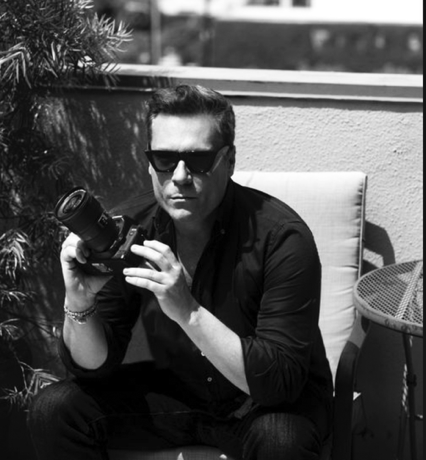

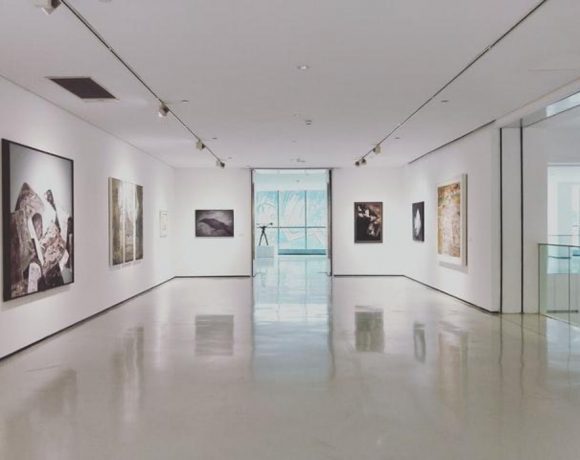




NO COMMENT